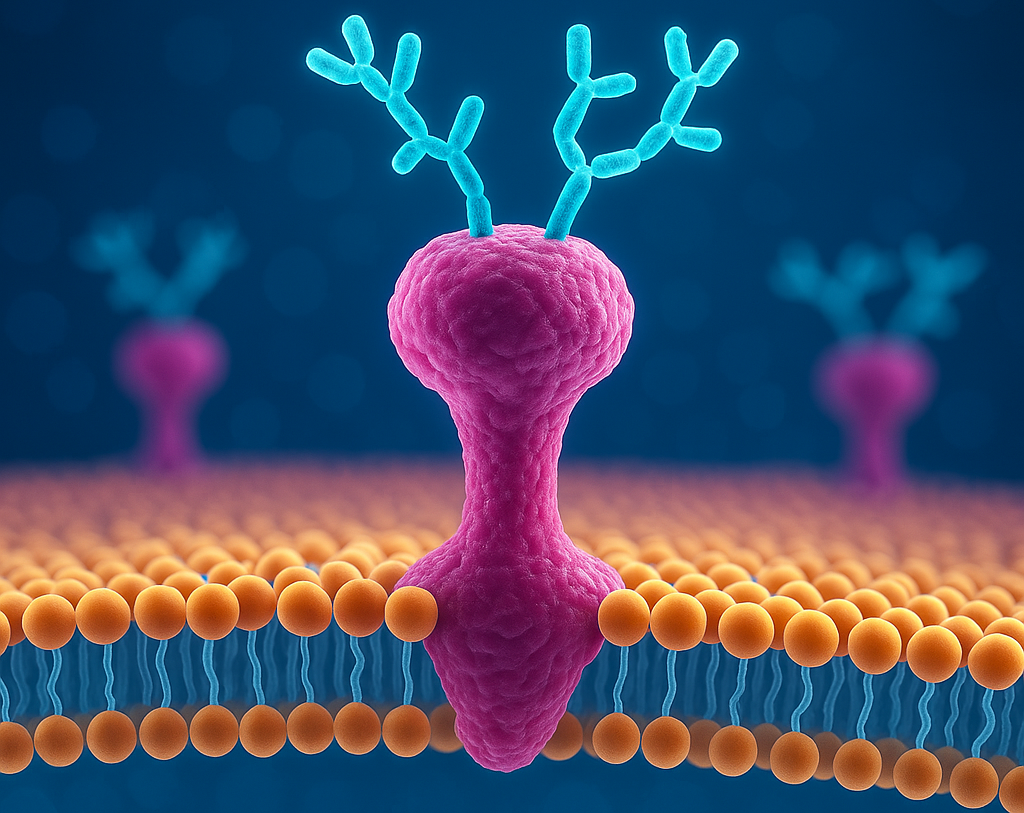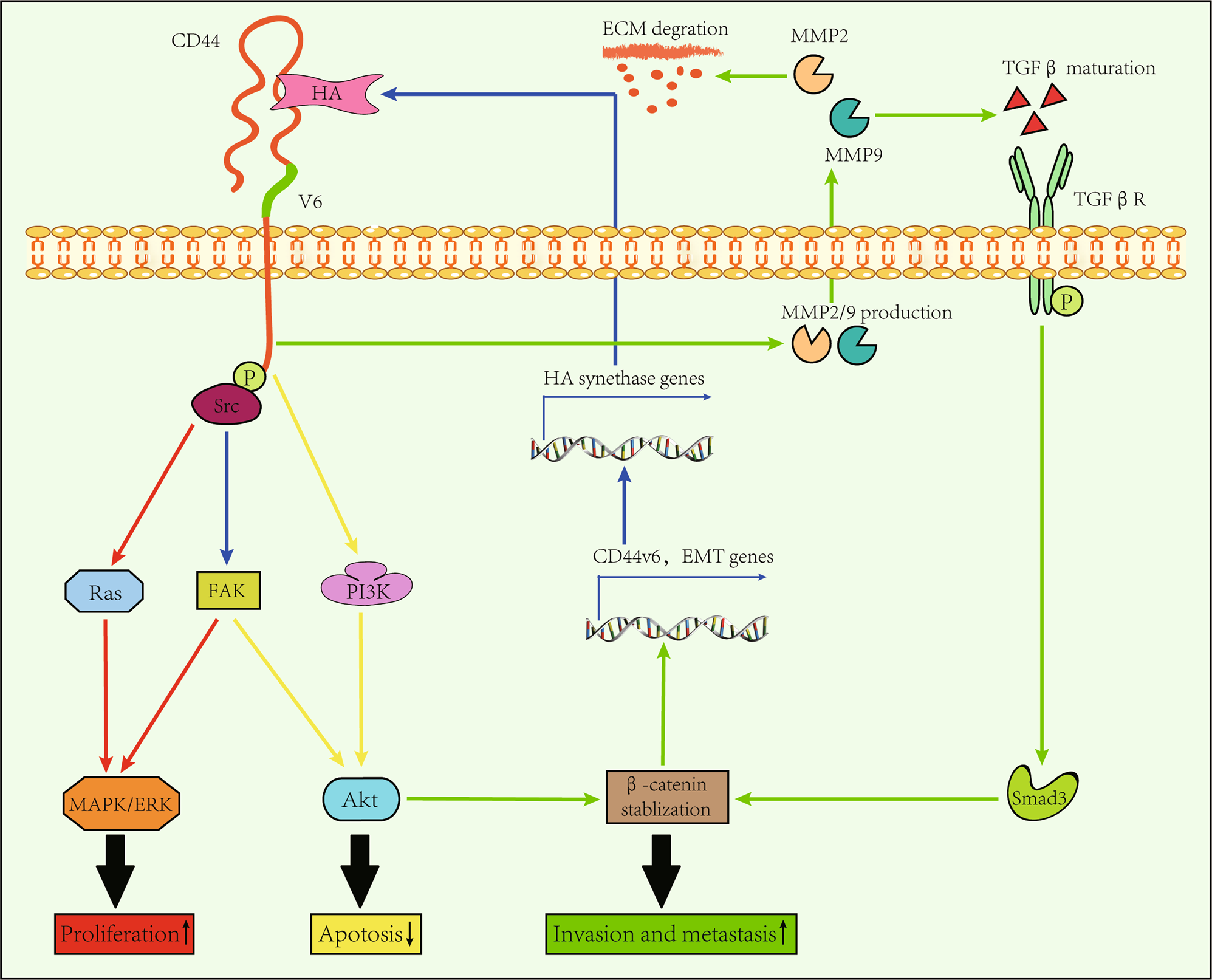1. Flow Cytometry & IHC
CD44v6 antibodies are used in flow cytometric analysis to quantify cancer stem cells and tumor heterogeneity.

Source : ResearchGate
2. qPCR & mRNA Expression Studies
CD44v6 mRNA levels are quantified via qPCR to monitor gene expression in patient samples or in vitro cancer models.

Source : ResearchGate : "Recent studies demonstrate that FOLFOX treatment (5-FU + Oxaliplatin) upregulates CD44v6 mRNA expression in colorectal cancer (CRC) cell lines. Using qPCR and RT-PCR, researchers observed a significant increase in CD44v6 levels in FOLFOX-resistant (FR) cells compared to sensitive (S) counterparts. Notably:
-SW480-FR, SW480-5FUR, and SW480-OXAR cells showed higher CD44v6 expression than untreated controls.
-Semi-quantitative PCR confirmed the presence of CD44v6-specific splice variants (e.g., c5v6c7, c5v6v7v8c7).
-IC50 values for 5-FU and OXA were significantly higher in resistant cells, correlating with elevated CD44v6.
-All gene expression was normalized to GAPDH and results were statistically significant (*P < 0.05).
These findings support CD44v6 as a predictive marker of chemoresistance and a potential therapeutic target in CRC."
3. ELISA Quantification
Researchers use CD44v6 ELISA kits to assess expression levels in tissue extracts and blood, aiding in prognostic biomarker profiling.
4. Cancer Stem Cell Identification
CD44v6 is often co-expressed with CD133, ALDH1, and EpCAM, making it a crucial marker for cancer stem-like cells.



